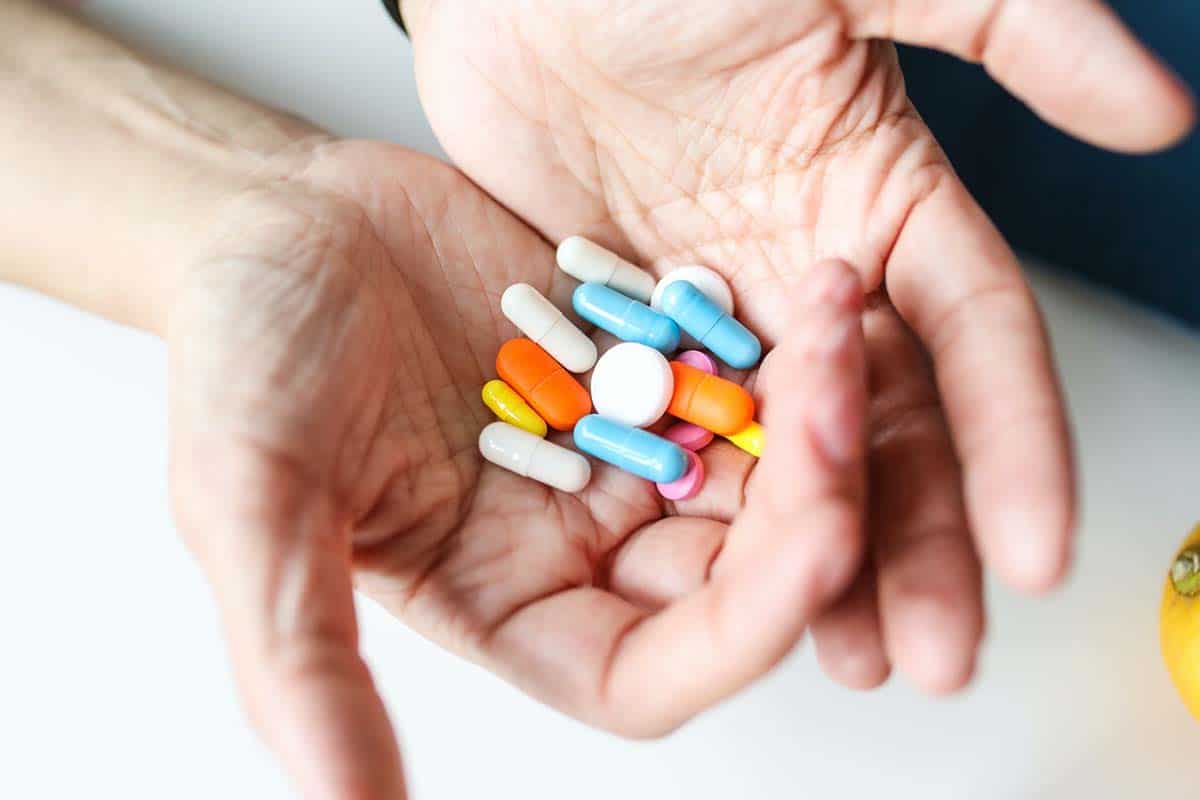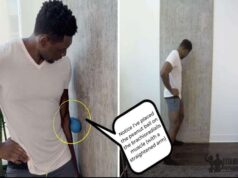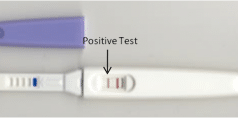
The safe disposal of any unwanted or unused medication is essential. This is to prevent a person or animal from consuming them by mistake. Also, proper disposal of prescription drugs can be very beneficial to the environment.
Why Is Proper Disposal A Must?
The Food and Drug Administration (FDA) has provided a series of guidelines concerning the proper disposal of medications. This includes different types, such as inhalers, pills, and syringes.
One of the best ways to dispose of medications, in some cases, is through using an official drug take-back facility. A drug take-back facility is a business or location that has been registered by the Drug Enforcement Administration (DEA) to accept old medicines. Furthermore, you can find the nearest drug take-back facility through the DEA website.
In rare instances, some people opt to flush dangerous types of drugs. They do this to prevent anyone from coming across such products. But not all drugs should be flushed. Fortunately, the FDA provides a list of the drugs you can flush down the toilet.
Some prescription drugs can be hazardous. Others might even be fatal, especially to those who do not have any prescription for them. Furthermore, children and house pets might be exposed to improperly disposed or stored medications.
You will need to dispose of prescription drugs if they are:
- Expired;
- Unused;
- Unwanted;
- Contaminated or Damaged;
If you’re interested in this topic, click here to find out more about safe and proper drug disposal.
Prescription Drugs (Expired, Unused, Unwanted, Contaminated, Damaged, Unidentified)
Some prescription drugs have disposal instructions included in the packaging. You can choose to follow the instruction for safe and proper disposal. However, if there is no disposal instruction included in the prescription or over-the-counter medicine, you can do the following (depending on the situation):
Drug Take-Back Facility/ Location
One of the best options is to use a DEA registered drug take-back facility. Once you drop off the medications on their site, trained employees will automatically dispose of it properly. They can help you dispose of the following:
- Prescription drugs;
- OTC medicines;
- Dietary supplements.
It is essential to note that you should remove all the personal details from the medication (if there are any) before deciding to drop them off at the location.
Flushing
Some drugs require immediate disposal because they can be very harmful. If there are no drug take-back facilities near your area, the FDA recommends flushing it immediately. The medications that contain the following need to be flushed as soon as possible:
- Acetaminophen;
- Tapentadol;
- Benzhydrocodone;
- Sodium Oxybate;
- Buprenorphine;
- Oxymorphone;
- Oxycodone;
- Diazepam;
- Hydrocodone
- Fentanyl;
- Morphine
- Meperidine;
- Hydromorphone;
- Methylphenidate;
- Methadone
Fentanyl patches can be hazardous to anyone who is not prescribed to take any of them. This type of drug provides pain relief through the skin. After usage, an ample amount of the drug remains in the patches. Hence, it may cause harm to anyone who might accidentally pick it up if not correctly disposed of.
In this kind of situation, the FDA believes that the risk of possibly harming other people by accidentally touching this drug outweighs the environmental risks involved due to flushing. Researchers have studied the FDA’s drug flush list way back in 2017. It showed that all the drugs included in the list are less risky for both human health and the environment when flushed.
Moreover, the FDA stated that many drug waste enters our water supplies due to the prescription drugs passing through the body. This means drug wastes enter our waterways through human waste.
Trash Bin
If there are no drug take-back facilities near you and the medication is not in the flush list, or does not include any disposal instruction, you can dispose of them in the trash by:
- Removing the drug from its packaging;
- Doing your best not to crush any capsules or tablets;
- Mixing the drug with any substance that can deter pets and children;
- Placing the medication in a sealed container or plastic bag;
- Putting the container in the trash;
- Recycling any medicine packaging or bottle.
Needles and Syringes
If you know how to properly dispose of needles and syringes, you will save yourself and your family from getting any accidental cuts and punctures.
You can easily dispose of needles and syringes by doing the following:
- Put the needles and syringes in a sharp disposal container immediately after use;
- Keep the sharp disposal containers away from children and pet’s reach;
- Make sure not to overfill the sharp disposal container;
- Consider carrying a travel-size sharps disposal container when traveling;
- Once the sharp disposal container is three-quarters full, you can dispose of it.
Inhaler Products
Improperly disposed inhalers can cause damage if they are set on fire, incinerated, or become punctured. Not only do inhalers release greenhouse gases when broken open but also have chemical residue that would leak back out and contaminate local water supplies. You can contact your local pharmacy or even the fire department to know more about how to properly dispose of inhalers.
Takeaway
Improper disposal of prescription drugs can cause a lot of harm. This is not only limited to people but also to animals and the environment. Hence, it is very crucial to know how to dispose of your medications safely and properly.








